Text
Handy resource for UX research tools.

0 notes
Text
The Day You Became a Better Designer. A must read.

0 notes
Link
It began in 1511, when Sebastiano arrived in Rome, and Michelangelo was putting the finishing touches to one of the most daring commissions of his life: the decoration of the ceiling of the Sistine Chapel. The pair hit it off. The curator, Matthias Wivel, thinks it highly likely that Michelangelo invited Sebastiano up onto the scaffolding to examine his colossal frescos and admire the ambition of the design, with its non-naturalistic colours and muscular, classically inspired figures.
0 notes
Photo

We are hosting Sustainability Drinks Bangalore - Edition V the first in the series for 2017! This edition is about ACTIVISM - with a panel discussion with activists from Greenpeace India, Jhatkaa and Citizens for Bengaluru (of #SteelFlyoverBeda & #ChukuBukuBeku) If you want to see the change, then be the change.. Don't miss it!! 21st March at The Humming Tree, Bangalore. Register here - https://www.facebook.com/events/1803913359872957/
#sustainability#sustainabilitydrinks#bangalore#greenpeace#jhatkaa#citizen#ecofolk#eunoia#beheld#activism
0 notes
Link
Aside from all the confusion about politics, memes, viral stuff and the usual hype on what keeps us entertained, this is the WWF report. Global biodiversity is declining at an alarming rate, putting the survival of other species and our own future at risk. The latest edition of WWF’s Living Planet Report brings home the enormity of the situation - and how we can start to put it right.
0 notes
Video
(via https://www.youtube.com/watch?v=KV42wWz_18w) This is a good deep dive into the History of East India Company & India.
0 notes
Video
youtube
So what is design? Different definitions of design. Perspectives of design through ages. This is a must watch for designers.
0 notes
Link
Eunoia partners with GreenStitched for the GreenStitched Film Festival - a day long screening of documentaries on sustainable fashion on the 18th of this month. Fashionable or not, come be a part of change. :) Fashion industry is the second most polluting industry, the next to oil. There is a lack of awareness on the environmental & social impacts of this 1.2 trillion dollar industry. Films that GFF will screen include critically acclaimed and award winning movies like Weaves of Maheshwar and Unravel. Many of the films showcased, like Frontline Fashion, will be premiering for the first time in India. Detailed schedule & RSVP here - http://bit.ly/2kgGOfA Entry - FreeVenue - National Institute of Fashion Technology (NIFT) Bengaluru See you there!
1 note
·
View note
Photo

(via Trash Trail - Toggle) Which is more eco-friendly - paper or styrofoam disposable cups? With the risk of sounding weird, I’ve been talking to so many people about this.. esp around the workplaces I consult because they have paper waste to a mass scale every week, every month. The best alternative to this could be clay cups, so easily available in India.
#ecofriendly#sustainable#papercups#styrofoam#claycup#recycle#environment#csr#for real#eunoia#ecofolk#beheld
0 notes
Link
Erase, Jot down, Erase, doodle, Erase..
0 notes
Photo

Women in the Victorian era weren't supposed to be able to feel sexual desire, so hysteria became a disease completely removed from sex. They even renamed the orgasm: If a woman became flushed and happy from her pelvic massage, she was said to have underwent a "hysterical paroxysm." (via Doctors Created Vibrators After Growing Tired of Masturbating 'Hysterical' Women)
0 notes
Photo
Meryl Streep’s Lifetime Achievement award speech was something.

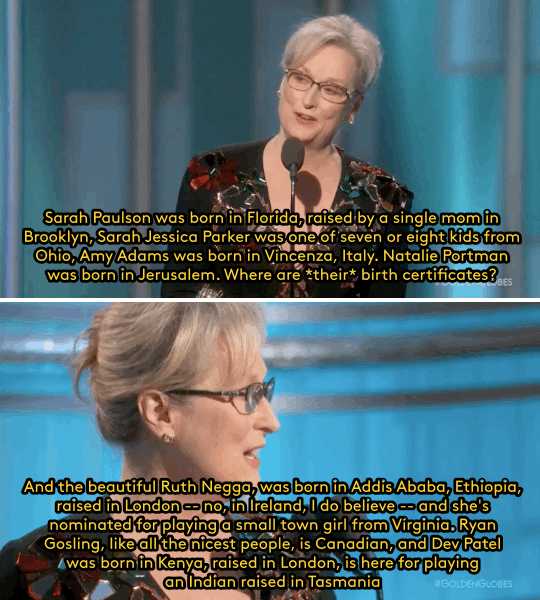
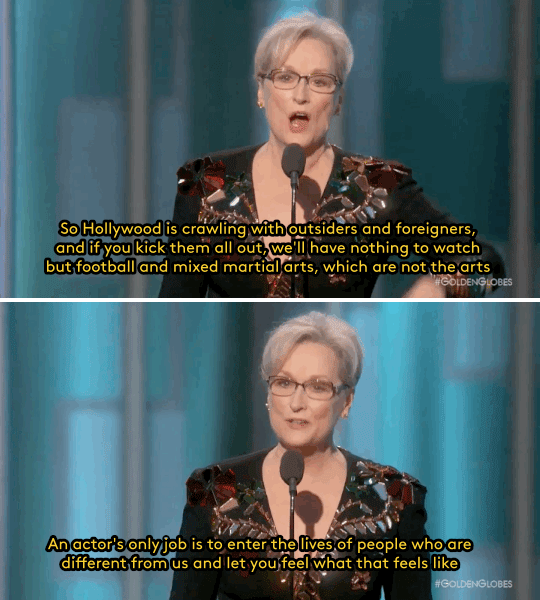
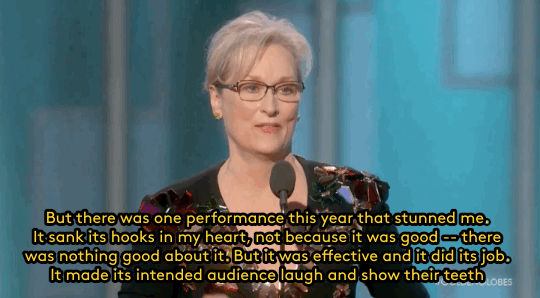
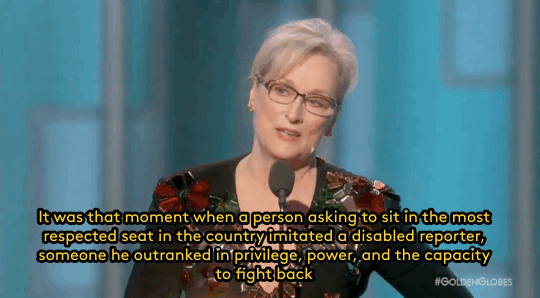
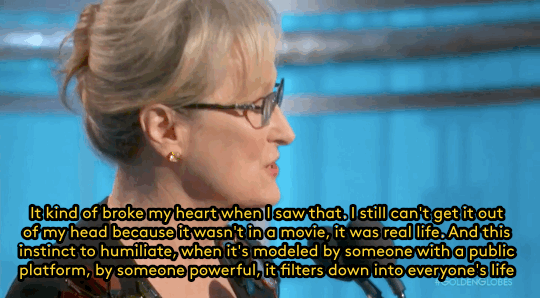

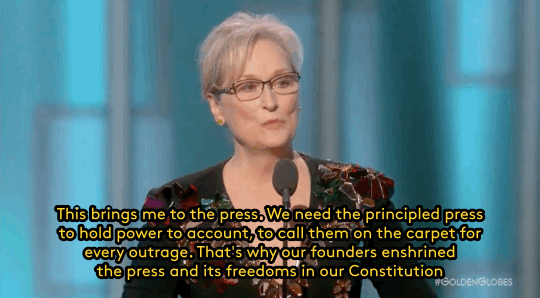
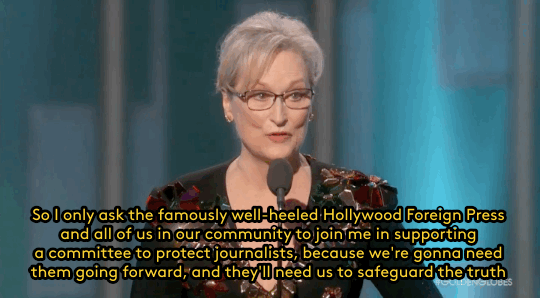

59K notes
·
View notes
Link
On July 14, NASA’s New Horizons spacecraft zipped past Pluto and its moons, scanning the dwarf planet in unprecedented detail. Using that data, The New York Times worked with the Lunar and Planetary Institute and the Universities Space Research Association to build a detailed virtual world. Isn’t this wonderful! The best thing on social media. Like ever.
0 notes
Text
Check these out!
How 6 Startups Are Tackling Problems In The Developing World
The Tech Awards, hosted by The Tech Museum of Innovation in San Jose, Calif., shines a spotlight on startups that use technology to make lives better in poor countries.
Here’s a look at the winners and the problems they address.
1. Problem: People aren’t paying enough attention to women’s rights and HIV/AIDS.

Solution: Harness the power of media. A San Francisco-based organization called Equal Access International works with local groups to design, produce and distribute quality educational programming for satellite TV and radio in nine countries across Asia, Africa and the Middle East. Even in remote villages, people can tune in with low-cost receivers.
What made this nonprofit stand out to the judges, says Zane, is that it began out with just one radio show in 2003 and has significantly expanded. The radio show “Chatting With My Best Friend” in Nepal, which tackles topics like sex and love, started off with a goal to reach 10,000 listeners in 2003. Today, it has 7.2 million listeners. And it’s inspired “listening clubs” — groups of young people sitting around the radio listening to the show, then talking about the issues afterward — and copycat programs in other countries.
Another example of their work is the radio drama “One Village, A Thousand Voices” in Afghanistan, which creates skits with storylines that touch on everything from human trafficking to solving problems without violence.
Equal Access International says its programs now reach 67 million people around the world.
2. Problem: Confronting oil and mining companies that pollute the environment.

Solution: Give data to the people who want to protest. Source International works with small towns in countries like Guatemala, Mexico and Peru affected by pollution and health problems caused by big oil and mining companies.
A team of scientists and researchers from Italy, Peru and California travel to the areas and gather evidence — like soil, air and water samples. They analyze for signs of pollution and give the information, free of charge, to citizens, who then use it to prove to lawmakers that these big companies have caused serious harm.
Since 2009, Source International has provided support for 21 citizen projects in 11 countries on five continents. In 2013, Source International helped the residents of Guerrero, Mexico win $10 million in compensation for environmental damages caused by a nearby mining company. Stephens says it’s those “real wins” that impressed the judges this year.
3. Problem: If it’s not raining, there’s no way to water the crops.

Solution: Make a cheap water pump that’s easy to use. Many poor farmers in India rely on rains from the monsoon season to water their crops. After that, they look for fields near a river or other water source — even though in many parts of India, there’s water in the ground right beneath their feet. The issue is that poor farmers don’t know how to use irrigation systems or can’t afford them.IDE-India invents affordable irrigation systems, including a foot-powered pump that looks kind of like an elliptical machine from the gym — with bamboo handles. Pedal it and it suctions water from the ground.
To convince farmers to give it a try, the New Delhi-based company travels to villages showing Bollywood-style songs and movies of farmers dancing happily in lush fields. Sure it sounds goofy, but it’s paired with real-life demos on how to use the pump. “Their technology is not complicated,” says Stephens. “It’s their marketing and communications strategy that took the company to another level.” IDE-India’s irrigation products are currently used by 1.3 million households.
Read the full story here.
667 notes
·
View notes